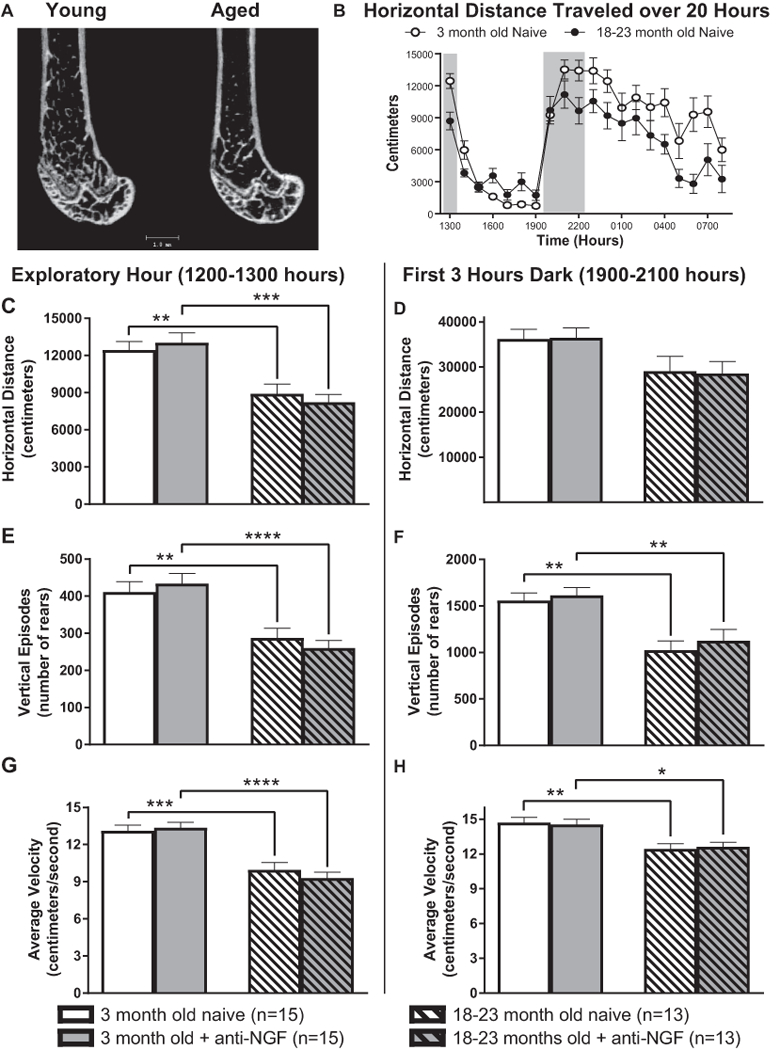Figure 5. As with most mammals, normal aging is accompanied by significant loss of bone mass and an overall decline in physical activity yet anti-NGF treatment does not increase physical activity in either the young or aged mouse.

Micro-CT images (A: Kindly provided by Dr. Vaida Glatt, University of Texas Health Science Center San Antonio) of the young (3-month old) and aged (20-month old) distal femur of the male C57Bl/6 mouse show that with aging there is loss of trabecular bone and thinning of the cortical wall. For the time points examined (B), there is also a significant decrease in physical activity in the aged vs. young mice (C, E-H). However, anti-NGF itself does not increase physical activity as measured by horizontal (C & D), vertical rears (E & F) or velocity of travel (G & H) in either the young or aged animals.
